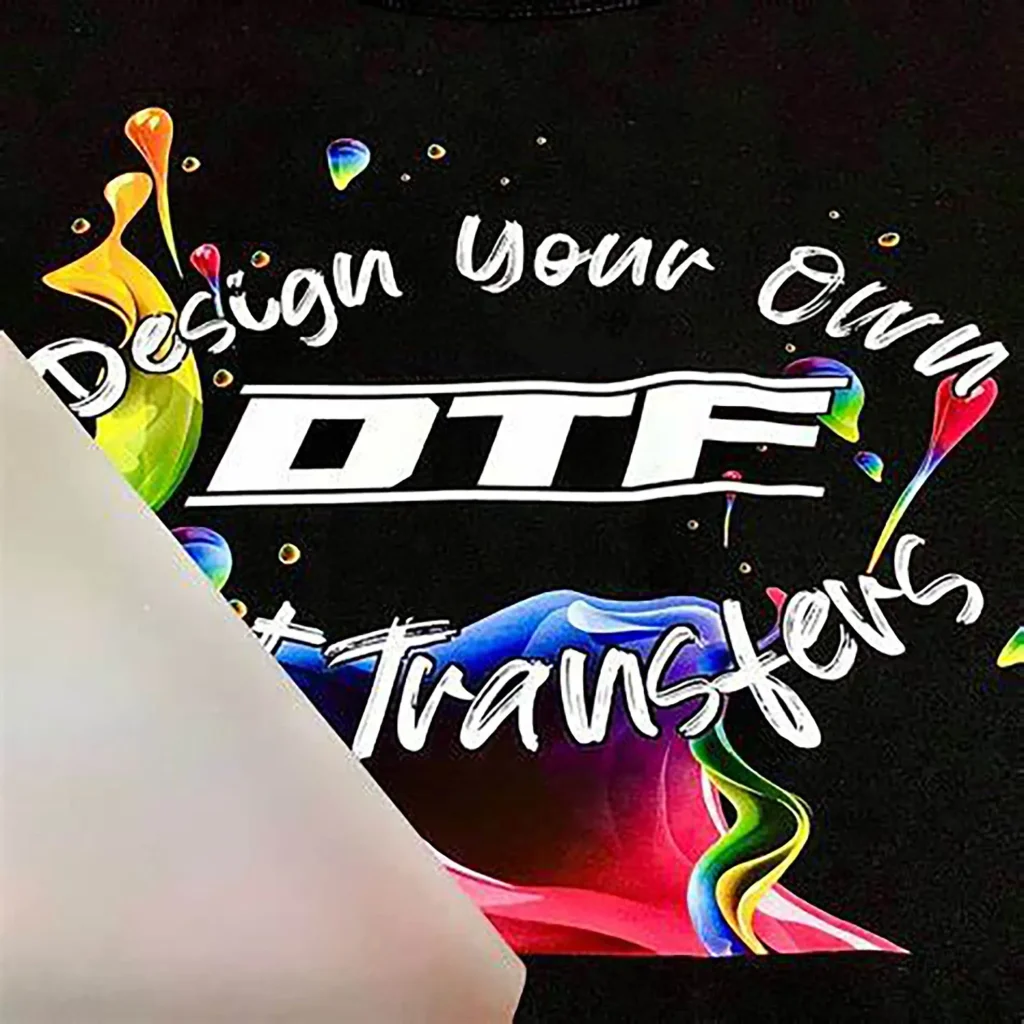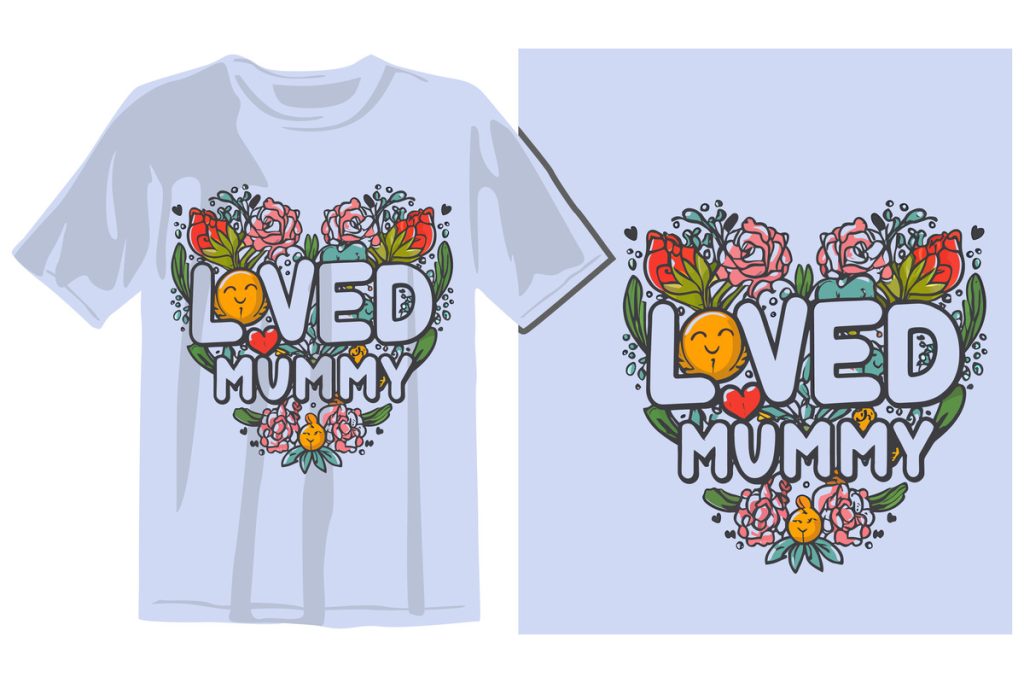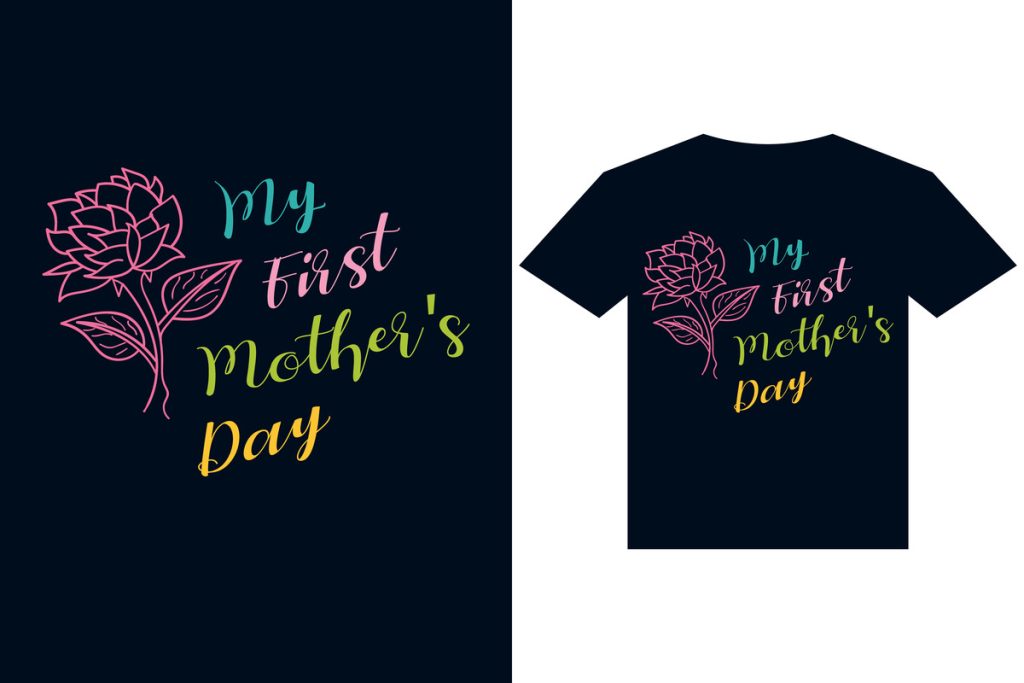In the ever-evolving realm of custom apparel, **DTF Transfers** have become a game-changer for designers aiming to achieve stunning, high-quality prints. This innovative printing method employs specialized DTF printing techniques, ensuring vibrant designs that catch the eye and leave a lasting impression. The secret to great DTF transfer quality lies not only in the intricate printing process but also in the selection of premium materials and proper execution of design tips. As you explore the creative landscape of custom apparel prints, understanding how to leverage DTF transfers will empower you to make bold statements with your designs. Join us as we uncover the essential principles that will guide you toward crafting eye-catching DTF transfers that will elevate your branding and artistic endeavors.
Direct-to-Film (DTF) printing has transformed the landscape of custom fabric printing, offering a versatile solution for anyone looking to produce remarkable textile designs. Often celebrated for its ability to produce rich imagery and detailed graphics, this method supports varied applications, from personalized T-shirts to large-scale custom apparel. By understanding different printing dynamics and embracing best practices for DTF, creators can ensure their designs are not only vibrant but also durable. Utilizing such advanced printing technology allows for the seamless application of vibrant visuals onto various materials, catering to both aesthetic allure and market demands. In this guide, we will explore techniques and insights that enhance your experience with DTF methods, ensuring that your creative visions come to life.
Understanding DTF Transfers for Custom Apparel
DTF transfers, or Direct-to-Film transfers, are revolutionizing the way custom apparel is printed. This innovative method allows for intricate designs and vibrant colors that capture attention. Unlike traditional printing techniques, DTF transfers involve printing designs onto a special film which is then applied to fabric using heat. This process ensures longevity and durability, making it ideal for businesses looking to create lasting impressions through their apparel.
Furthermore, DTF transfers can be applied to a variety of materials, including cotton, polyester, and blends, expanding the creative possibilities for designers. Understanding the unique properties of DTF transfers is crucial for businesses and hobbyists alike, as it allows for tailored applications that enhance the quality and overall appeal of custom apparel. By mastering this technique, you can significantly elevate your printing game.
Quality Materials for Vibrant Designs
The selection of quality materials plays a pivotal role in DTF printing. High-quality DTF films and specialized inks are essential to achieving vibrant designs. For instance, opting for brands like Epson and Pantone guarantees not only consistency but also enhanced color vibrancy, allowing designs to pop against the fabric. The right choice of film can significantly improve color saturation and durability, ensuring that your prints remain bright and intact over time.
In addition to films, the type of adhesive powder used is equally important. Choosing an adhesive with an optimal melting point ensures that the transfer adheres perfectly without compromising the design’s vibrancy. Quality adhesive powder not only enhances the visual appeal but also improves the durability of your custom prints, making them withstand regular washing and wear without losing their striking colors.
Essential Design Tips for DTF Printing
When it comes to designing for DTF prints, color calibration is one of the most crucial aspects that should not be overlooked. A properly calibrated printer ensures that colors are as expected in the final print, meaning that your vibrant designs will translate accurately onto fabric. Using a color management system can help maintain consistency across different devices, providing a smooth workflow and predictable results in your printing endeavors.
Additionally, utilizing vector graphics is a game-changer in achieving flawless prints. Unlike raster images that can lose detail when resized, vector graphics maintain their integrity regardless of scaling. This is particularly beneficial for DTF projects where designers aim for intricate details and color clarity. Embracing these design tips can greatly enhance the quality and vibrancy of your custom apparel prints.
Advanced DTF Printing Techniques
To achieve spectacular results with DTF transfers, exploring advanced printing techniques is essential. One effective method is double-layer printing, where the design is printed twice to enhance color depth and vibrancy. This technique not only captures attention but also creates a rich texture in your prints that dynamically pops against the fabric, making it perfect for eye-catching designs.
Moreover, mastering the curing process is vital in the DTF printing technique. Properly curing your prints with a heat press ensures a strong bond between the design and the fabric. By controlling the temperature and timing precisely, you can prevent issues such as peeling or fading, which could detract from the overall quality of your designs. Implementing these advanced techniques ensures that your DTF transfers exhibit the highest quality and longevity.
The Importance of Finishing Touches in DTF Transfers
Finishing touches can significantly elevate the professional look of DTF transfers. After the initial transfer, applying a heat treatment can prevent issues like peeling and fading, ensuring that the vibrant colors of your prints remain bright and intact for years to come. This additional step reflects a commitment to quality and creates a more polished final product that is sure to impress customers.
Conducting thorough design tests before mass production is another critical finishing touch. Testing smaller batches allows you to identify potential problems, such as color discrepancies or improper application techniques. This proactive measure not only saves time and resources but also guarantees that the final products meet your standards of excellence, ultimately resulting in greater customer satisfaction.
Staying Ahead with DTF Industry Trends
In the ever-evolving world of custom apparel printing, staying abreast of emerging trends is vital. One significant trend is the growing focus on sustainable materials in DTF printing. Eco-friendly inks and films are gaining traction, appealing to a consumer base that increasingly prioritizes sustainability in their purchasing choices. By integrating these materials into your DTF projects, you not only contribute positively to the environment but also enhance your brand’s appeal to conscious consumers.
Additionally, advancements in design software have revolutionized how intricate and creative designs are developed for DTF printing. Many design tools now incorporate features specifically aimed at enhancing graphic detail, allowing designers to create complex and captivating prints easily. Embracing these technological innovations can significantly impact the quality and uniqueness of your custom apparel offerings.
Frequently Asked Questions
What are DTF transfers in custom apparel printing?
DTF transfers, or Direct-to-Film transfers, are a popular method in custom apparel printing that involves printing designs onto a special film using vibrant DTF printing techniques. This method allows for high-quality, colorful, and durable prints on various types of fabrics.
How can I ensure the quality of my DTF transfer designs?
To guarantee the quality of your DTF transfers, it is crucial to use high-quality films and inks specifically designed for DTF applications. Proper color calibration, vector graphics, and adherence to the curing process will also enhance DTF transfer quality significantly.
What are some design tips for creating vibrant DTF transfers?
To create vibrant DTF transfers, opt for vector graphics for scalability, ensure accurate color calibration, and consider employing double-layer printing techniques. These strategies enhance color vibrancy and detail in your custom apparel prints.
What types of materials should I use for DTF printing?
For successful DTF printing, use high-quality DTF films and inks from reputable brands. Additionally, select adhesive powders with optimal melting points to ensure proper adhesion and durability of your vibrant designs.
How do I maintain the quality of my DTF transfers after printing?
To maintain the quality of DTF transfers, apply a heat treatment post-press to prevent peeling and fading, and utilize a heat press properly during the curing process. These steps enhance the longevity and vibrant finish of your custom apparel prints.
What are some emerging trends in DTF transfers?
Emerging trends in DTF transfers include the use of sustainable materials such as eco-friendly inks and films, which attract environmentally-conscious consumers. Additionally, advancements in design software are enabling more intricate and complex designs for DTF printing.
| Key Point | Description |
|---|---|
| Quality of Materials | Selecting high-quality DTF films and Inks from reputable brands ensures vibrant colors and durability in the prints. |
| Adhesive Powder | Opt for the proper type of adhesive powder with an optimal melting point to enhance color vibrancy and durability. |
| Design Considerations | Utilize color calibration and vector graphics to prepare stunning and accurate print designs for DTF transfers. |
| Printing Techniques | Incorporate double-layer printing and a controlled curing process to enhance color depth and ensure print quality. |
| Finishing Touches | Post-press treatments and design testing are essential for achieving lasting quality in your DTF transfers. |
| Emerging Trends | Stay updated with sustainable materials and advanced design software to push the boundaries of DTF printing. |
Summary
DTF Transfers have revolutionized the custom apparel industry, allowing for intricate designs and vibrant colors that captivate audiences. By emphasizing the quality of materials, such as reliable films and inks, and utilizing effective printing techniques, creators can produce exceptional results. The integration of sustainable practices and advanced software into the DTF process further enhances the appeal and creativity of designs, making it an exciting avenue for designers and businesses alike. By adhering to the outlined strategies, individuals involved in DTF transfers can significantly improve their products, ensuring they stand out in a competitive marketplace.



